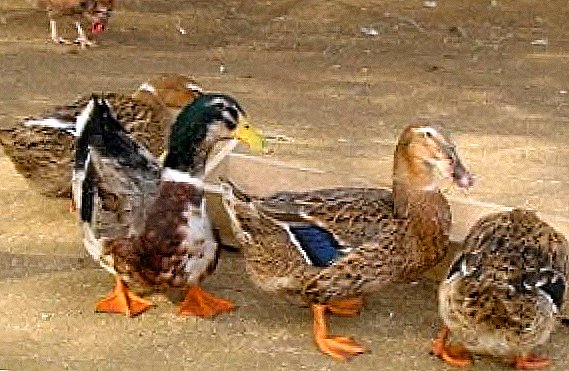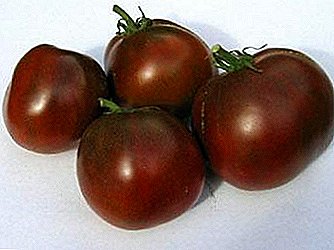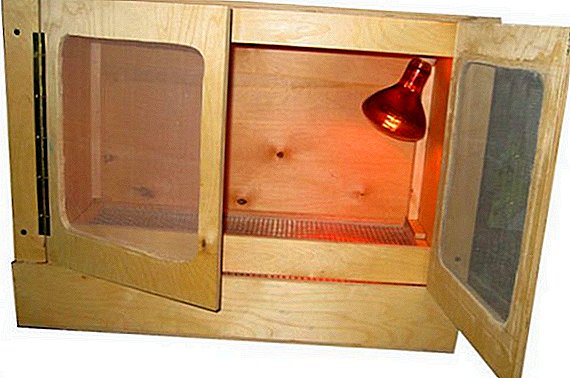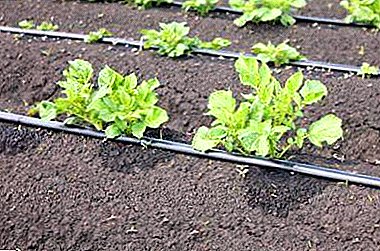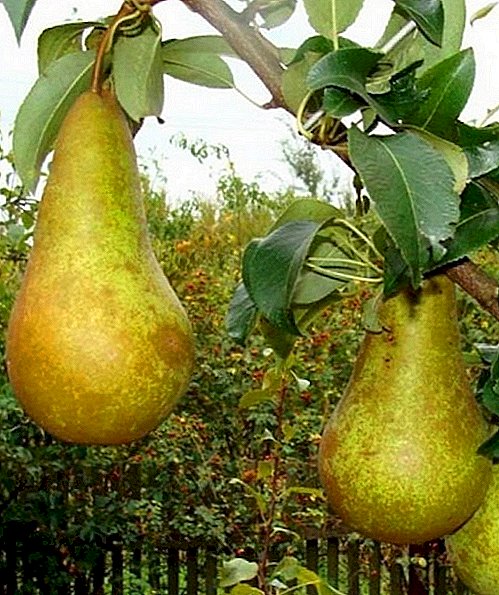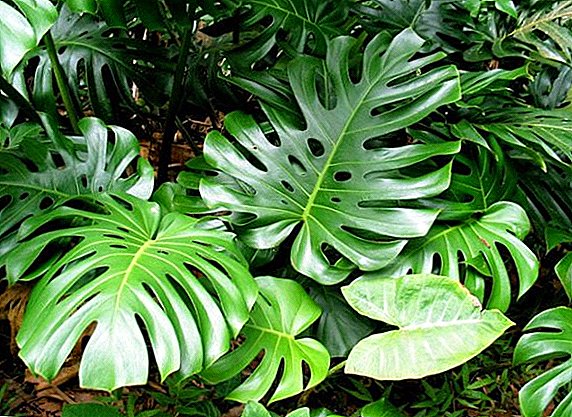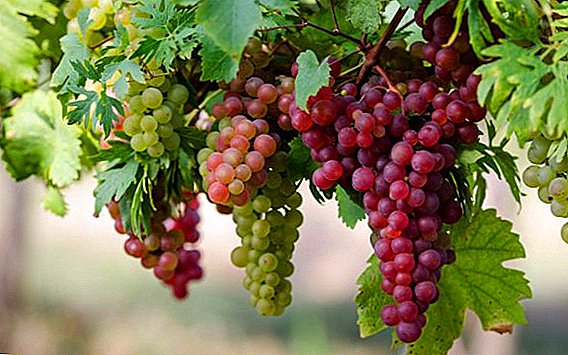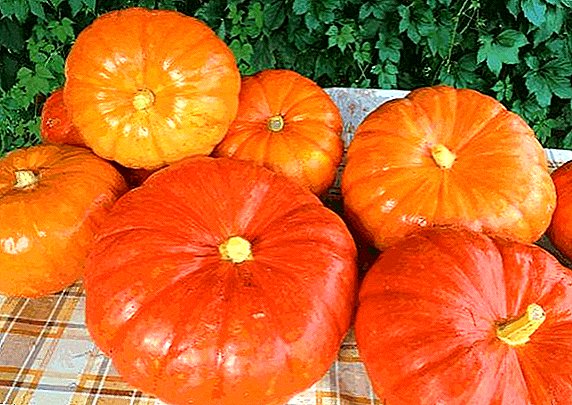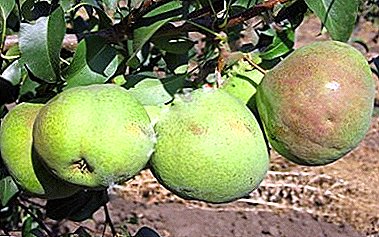
Pear - one of the most ancient fruit crops cultivated by man.
Heat-loving plants grew mainly in regions with hot climates.
The emergence of modern frost-resistant varieties has expanded the area of distribution of pears to temperate latitudes.
What kind is it?
Pears "Elena" include early winter varieties. Fruits ripen by the end of September. It is necessary to collect fruit within 10-15 days after ripening, otherwise they fall to the ground.
Stored after removal from the tree (without loss of taste and appearance) in a cool room up to 4 months.
Winter varieties also include pears: Yanvarskaya, Yakovlevskaya, Chudesnitsa, Bere Russkaya, Feeriya, Nika and Lyra.
Breeding history and breeding region
 Variety pears "Elena" (has the second name - "Gehine") is cultivated in the southern and Central Black Earth regions of Russia.
Variety pears "Elena" (has the second name - "Gehine") is cultivated in the southern and Central Black Earth regions of Russia.
In order to obtain a high-quality full-fledged harvest, the sum of active temperatures in the area of cultivation of the variety should be from 2600 to 3000 ° C
The species was bred in 1960 in Armenia (Research Institute of Viticulture, Wine-Making and Fruit-Growing) by the famous breeder PG Karatyan. by crossing varieties "Forest Beauty" and "Winter Bechurna Michurina".
Sort of pears "Elena": description and photo
Trees low or low growth, have a pyramidal crown of a medium degree of foliage. The first fruits appear at 5-7 year after planting.
Trees bloom and set fruits every year, even under the most adverse weather conditions. The average yield of a tree is about 40 kg of fruit.
Also belong to high-yielding varieties: Rogneda, Sverdlovchanka, Svetlyanka, Bere Bosk and Tatiana.
The fruits of this variety are pretty large (150-200 g), round-pear-shaped. Hold on a slightly curved thick short stalk. The color of pears at the time of ripening is green-yellow with a slight blush.
 The pulp of fruit is creamy, dense in texture, sufficiently juicy, has pleasant sweet and sour taste.
The pulp of fruit is creamy, dense in texture, sufficiently juicy, has pleasant sweet and sour taste.
Consumer qualities of fruit have very appreciated, suitable for use both in fresh and in canned form.
For more information on the variety and see the pears "Elena" in the photo below:





Specifications
The advantages of this variety include high resistance to fungal diseases. Trees hardly affected scab and septosporiosis.
Frost varieties grade "Elena" average directly depends on the amount of moisture obtained during the season (insufficient watering during a bountiful harvest depletes the tree and during severe frosts the plant may die).
Planting and care
 Planted young pear plants as spring and autumn. The most optimal time is end of april (strong frosts have already moved away) and first and second decade of october (about a month before the first frost).
Planted young pear plants as spring and autumn. The most optimal time is end of april (strong frosts have already moved away) and first and second decade of october (about a month before the first frost).
Trees of this variety prefer loamy soil. This soil allows plants to give the best (in quality and quantity) yield. Other types of soil (clay or sand) before planting plants need to be improved.
Heavy soil (to increase air diffusivity) is diluted with peat, coarse sand and compost. Sandy soils are improved by adding a large amount of humus, compost and peat.
Pit for planting young tree digging not less than 70 cm deep and about 1 m in diameter. At the bottom you can throw small tin cans and walnut shells.
Particular attention should be paid to planting pears in areas with close groundwater storage.
Excessive flooding of the root system can lead to the death of the tree.
 To prevent this, on the plot dig additional grooves to drain excess moisture.
To prevent this, on the plot dig additional grooves to drain excess moisture.
Another option for growing trees in wet areas is planting on high ground or making artificial hillson which saplings are placed when planted.
Trees care:
- Pruning
Pruning of trees is carried out in early spring. The most acceptable time for work is the month of March. The purpose of this procedure is to remove dried and dead parts of the tree and branches with old flower buds.A characteristic feature of the variety of pears "Elena" is the property of young branches to give a full harvest. Pruning of the branches also makes it possible to form the crown of the tree and control the degree of plant thickening.
- Spraying
The main prophylactic treatment (from pests and diseases) of trees is carried out in spring (April-May) during bud break and after the appearance of pear buds.The third time the trees are sprayed 2-3 weeks after the secondary treatment. In the future, during the summer therapeutic measures should be carried out only if there are obvious signs of disease.
Attention! All types of spraying trees with chemicals should be stopped no less than a month before the intended harvest.
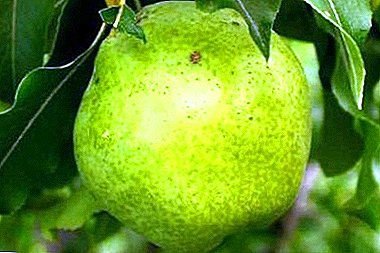 Top dressing
Top dressing
In the first year, pear seedlings can not feed. Fertilize it begins in the second year after disembarkation.In May, the first feeding with nitrogen fertilizers - urea or saltpeter.
At the same time contribute and trace elements. At this time, siderats (plants that improve the soil structure and enrich it with nitrogen) can be sown around the tree.
The most acceptable plants for pear are mustard, phacelia, lupine, clover and legumes. During the fall, the plants decompose and supply a lot of nutrients to the pear.
The main feeding of pears is carried out in the autumn. At this time, phosphate-potassium and organic (compost, ash, humus, lime, table salt, etc.) fertilizers are brought under the crown of the tree.
- Watering
This variety of pears is very picky about moisture. In the summer months, it is important not to allow the soil to dry out under the trees and to water them regularly.In the autumn, before the onset of the first frost, spend moisture charge trees. For this purpose, near-stem circles Abundantly watered to a depth of 50-80 cm.
This event allows trees to tolerate frost well - wet earth does not freeze deeply, the soil breathes and the root system gets water all winter.
Resistance to frost is shown by the following pear varieties: Uralochka, Silent Don, Tema, Perun, and Zhegalov's Memory.
Diseases and pests
This grade resistant to fungal diseases, trees are almost not affected //selo.guru/ptitsa/bolezni-p/gribkovye/parsha.html and septoria.
 At the same time, other infections characteristic of pears (black cancer, fruit rot, rust, powdery mildew), with insufficient preventive and protective measures, cause irreparable harm to trees and fruits.
At the same time, other infections characteristic of pears (black cancer, fruit rot, rust, powdery mildew), with insufficient preventive and protective measures, cause irreparable harm to trees and fruits.
The main pests that can cause damage to pear - It is a green aphid, pear moth, listoblushka, pear mite and leafworm.
The main methods of combating diseases and pests - These are regular spraying of pears and agrotechnical measures (burning of affected foliage, destruction of diseased fruits and parts of the tree, digging of tree trunks, etc.) for tree care.
Good resistance to this disease, as scab demonstrate varieties: Oryol Beauty, Oryol Summer, Marble, Limonka and Victoria.
Variety pears "Elena" has a lot of advantages and with proper care gives excellent yields.


 Top dressing
Top dressing